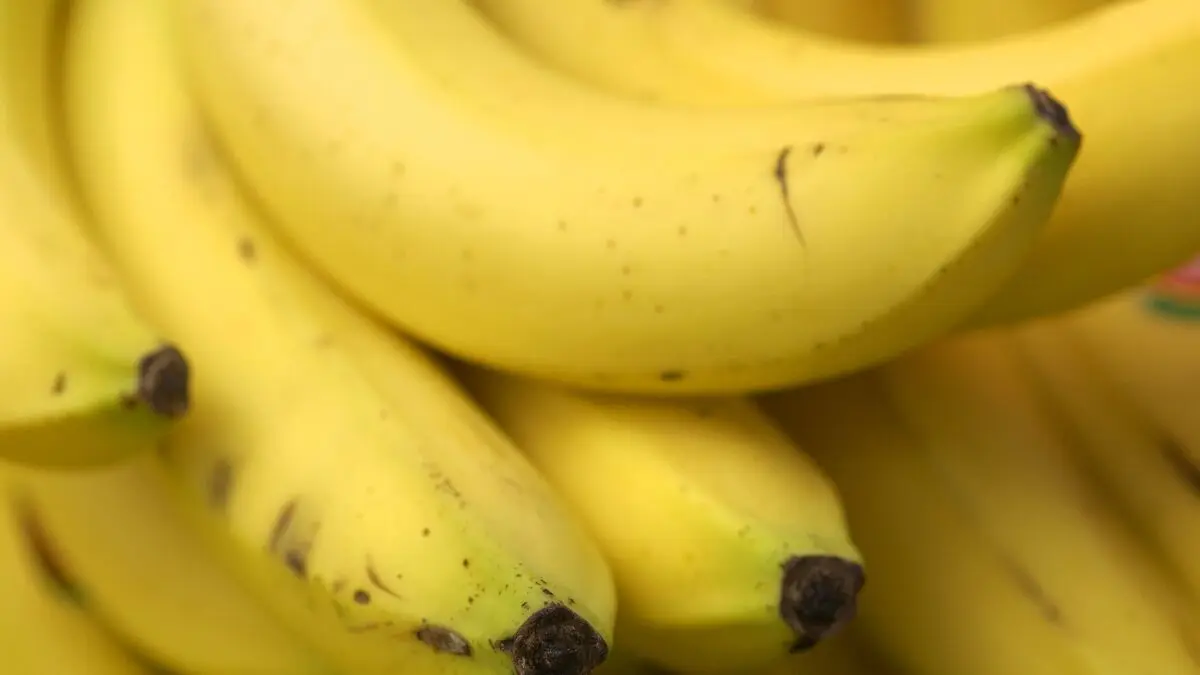The painting "Frukostdags" is a favorite among many of the National Museum's visitors. But when 120 of Hanna Hirsch Pauli's works are now on display in the exhibition "The Art of Being Free", many of her other works are completely unknown, several have never been exhibited before.
She is both known and unknown. Something that has contributed to this is that there has never been a solo exhibition about her, and it can be surprising because she is considered one of the most significant of her time, says curator Carina Rech.
The exhibition is based on a long research work, after an archive find with over 500 letters, sketches and photographs that belonged to the artist. Now, visitors can hear her own voice, and see her home environment, which inspired "Frukostdags". The motifs she often took from her own circle of friends.
Her husband said that you cannot capture her art through the different -isms - and if you absolutely want to do it, it would be humanism. Her interest in the people in her vicinity was great.
Newly Won Freedom
Hanna Hirsch Pauli was one of the women who at a young age traveled to Paris to study art. In the exhibition "They Went to Paris" in 1988, she was highlighted at Liljevalchs as one of the Swedish artist colony.
They have been described a bit as good girls, and they were. But Hanna Hirsch shows that the journey out meant much more than that. She traveled around a bit like in a candy store in the city, says Carina Rech, who likens her to a flâneur - and in the exhibition, you can interactively follow her life in Paris.
Without the newly won freedom, Rech does not think that the artist would have been able to paint a portrait like the one of her friend Venny Soldan-Brofeldt.
She has been freed from all the rules that have characterized the bourgeois woman's upbringing, about how one should look and behave. She stages her friend in the role of an artist, exactly as she pleases.
At the time, the work was considered radical and was scolded in Sweden and Finland - where they wrote about the depicted friend "why is she so ugly".
Antisemitism
The National Museum also highlights the antisemitism that Hanna Hirsch Pauli encountered. The reviewers turned against the fact that the canvas in "Frukostdags" was dirty, and wrote that maybe that's how it was with "a certain people".
It was difficult for her to challenge, because then she made herself more vulnerable, says Carina Rech.
At the same time, Hirsch Pauli expresses a great artistic self-confidence. In a letter to her husband, she writes about her art and states "only with freedom can I thrive with someone".
The exhibition "Hanna Hirsch Pauli - The Art of Being Free" is on display at the National Museum in Stockholm from June 26. The exhibition also features the cartoonist Joanna Rubin Dranger, who has drawn a part of Hanna Hirsch Pauli's life.
120 of her works are on display - as well as a selection of paintings by a selection of her generation's peers, such as her husband Georg Pauli, Carl Larsson, Richard Bergh, Eva Bonnier, Ernst Josephson and Fanny Brate.
Hanna Hirsch Pauli grew up in a high-bourgeois Jewish family and was educated at the Academy of Fine Arts in Stockholm, as well as in Paris. In 1887, she married the artist Georg Pauli.
Some of her most famous works are the portrait of Venny Soldan (1887), the portrait of Verner von Heidenstam, "Frukostdags" and "Vänner".





